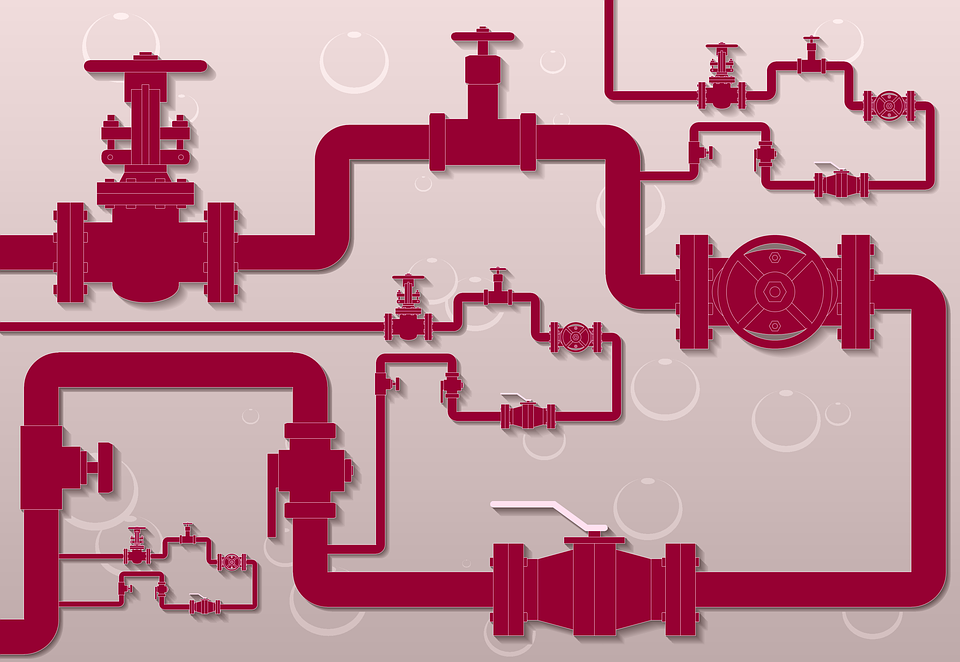
Intro
Continuous integration and deployment project requires that everyone on the team plays an active role. A tester’s role in this project can be crucial to the success of your overall goal. In this article, we’ll discuss why testers should play an active role in continuous integration and deployment (CI/CD), how testers can help their development teams achieve CI/CD goals, and how you can use tools like Jenkins or GitLab CI to automate your testing process so that it’s more efficient than ever before.
Testers play an active role in making a continuous integration and deployment project successful. They can contribute to the success of your CI/CD initiative by providing feedback, helping with automation, and fixing issues as they emerge.
What is CI/CD pipeline?

A CI/CD pipeline is an automated workflow that converts your code into a deployable artifact. It includes all of the necessary steps to automate your delivery cycle and help you ship quality products faster. A continuous integration and delivery pipeline are used to automate the entire process from code commit, build, test, publish, etc.
A workflow is a sequence of steps that can be triggered by triggers like time or events. For example, if you want to deploy every time someone pushes their code changes from GitHub, or BitBucket then you can create a workflow where pipelines are getting started after successful builds are completed.
Automation helps us avoid manual processes while executing various tasks such as deploying software packages across various environments such as dev/test/production environments at right time intervals when needed as well as testing our application using automated tests during the development phase so we don’t miss any bugs in production mode later on! This is helpful when developers are writing new code for applications where they won’t know whether it works properly until they test it first.
Collaboration with Development Team
Testers can greatly benefit the development team by collaborating with them. Your goal is to make the best product possible, and you should work together to achieve that goal. As a tester, you might be tempted to say “no” or “I don’t know how” every time something comes up. But if you have an open mind and are willing to try new things, then you may find yourself surprised at how much value you can bring to your project.
Automate test cases
Automating your tests is not only beneficial for QA teams, but it also helps with continuous integration and deployment. Automation ensures that tests are run at the same frequency as builds and deployments, which makes sure the application continues to work after each change. It also gives you more time to focus on quality assurance activities such as exploratory testing, monitoring, and regression testing.
Want to learn more about how a software tester can contribute to the overall Ci/CD process? Enroll Now for Continuous Testing in DevOps By Edureka and increase your chances to get hired by Top Tech Companies
Communicate and document changes in the process
Another way to use the knowledge of testers is by communicating and documenting changes in the process. It is crucial to share this information with your team, so they know what is going on. This will also help to avoid confusion or misunderstandings among developers, who might have different expectations from different people about how things are supposed to work.
You can use a tool like Jira or Trello for that purpose, but this should not be a replacement for actual communication between the developer and tester, at least once per iteration, you should talk about what has been done during the last week and check if everybody agrees with that approach and eventually apply it during CI/CD.
Provide feedback to your team
Continuous integration and deployment is a process by which teams adopt the practice of combining changes from multiple developers into one build for testing, in order to identify any problems as early as possible. This involves automating the execution of tests after each commit. If you want your team to be successful with continuous integration and deployment, you need to provide feedback on how well they’re doing it.
Feedback is essential for continuous improvement because it:
- provides objective data about how things are going
- helps organizations improve their processes
- encourages collaboration by helping everyone on the team learn from each other’s mistakes
- increases the confidence about the end goal of the product
Share and gather information with the rest of the team
With continuous integration, you want to share information with the rest of your team. You want to know if they’re having problems or what they’re working on so that you can see if there’s anything that needs your attention.
You also need to gather information from other team members so that you can see what they are doing and how they are solving their problems. You may have some experience with a certain technology or tool and be able to help them out by giving advice or even writing code for them.











